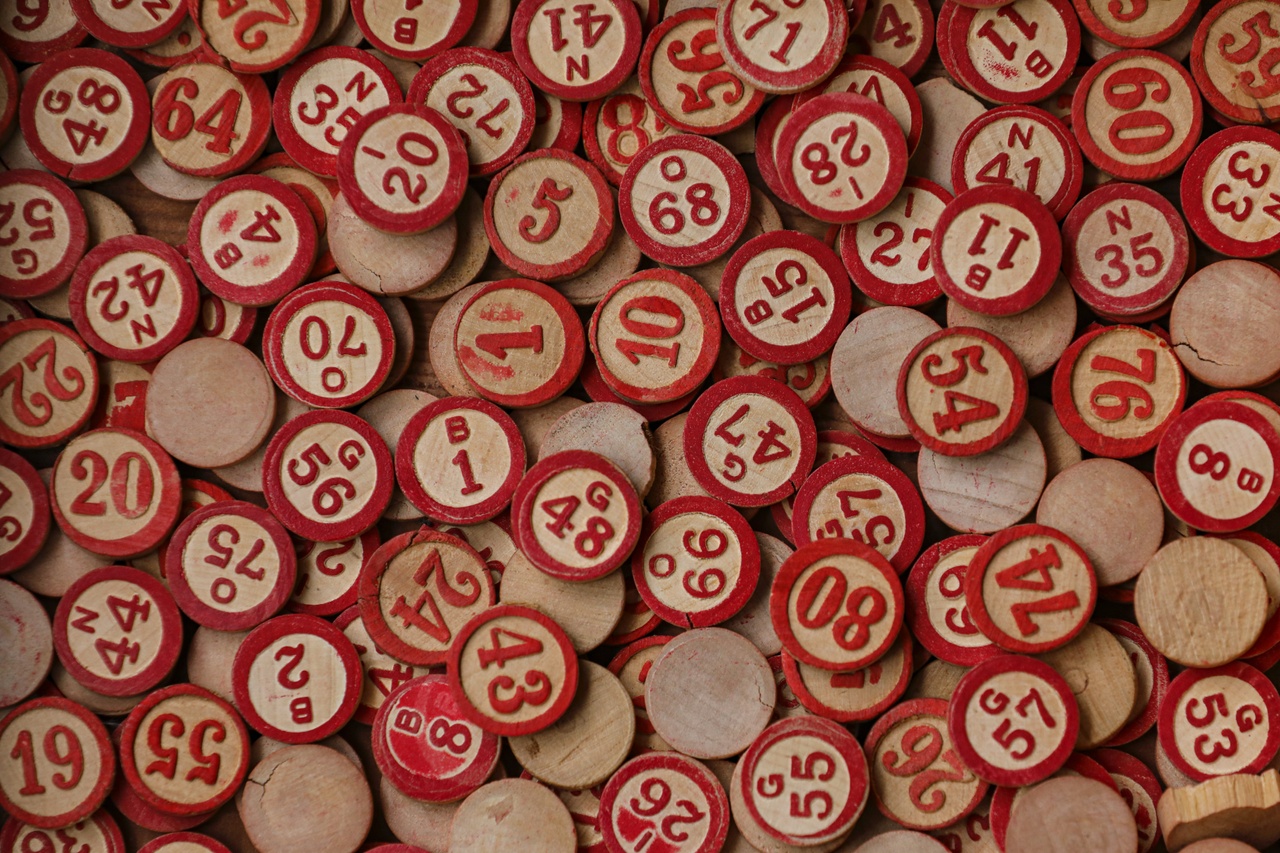In the English-speaking world, bingo originated in the early 1600s from what is now Bangor, Maine. The game developed from the playing of “Hangman” cards where the player had to guess the correct card position by guessing the number that a card could stand on. This game was soon adopted by European settlers and was soon known as “bingo.” In the United States, bingo evolved into an indoor game that consisted of matching card numbers by the rules of the game. It later developed into a popular game that was played for large sums of money across the Atlantic seaboard.
The earliest version of bingo was an indoor game played by middle-class citizens who would enter random numbers into a hat. By playing such games, these individuals were able to make some money. As time progressed, bingo was adopted by wealthy families in the UK who regularly hosted bingo nights in their homes. In addition to making players some money, the games gave families a chance to socialize. Some families even arranged to have the caller take turns calling the numbers instead of the players making the calls.
In North America, the game moved indoors when the population became populated by working-class families as more of them had jobs or business in the city. In these environments, bingo was regularly played by men and women alike and the prize money was given to the winners. As the prize money grew, so did the popularity of the game. Bingo clubs sprung up all over the US and most of them had regular prize money that was donated by the wealthy.
Although the prize money provided a steady income, some of the clubs started to adopt the “machinery” concept where a player could win tickets which could then be used to buy tickets for the following game. In this way, money that was won on the previous games could be withdrawn and used to purchase more tickets for the following game. By using this technique, the player did not have to keep track of all the wins and losses by weighing the prices of tickets. With this technique, players ended up winning lots of money and ended up with loads of prize money at the end of each month. Soon, the number of people playing this game became so great that the game was regulated by the National Bingo Association.
One of the most innovative innovations that was brought about by Bingo players in the US was the use of the means bingo cards. The cards were printed with terms such as” jackpot”, “lowe” and “bao” and these were used to mark off the high scores. Since the players’ aim in playing the game was to end up with a large amount of prize money, it was important to mark off the game played as “lowe” or “jackpot” rather than calling it “bingo”.
An example would be, the first caller to win a jackpot will receive ten tickets. The second caller will receive three tickets. The third caller will receive two tickets and the last caller will receive one ticket. Since the first caller has paid for three tickets, the number of tickets that need to be purchased from the jackpot has increased. In this manner, the player pays for the actual number of tickets rather than trying to guess how many tickets were originally paid for.

